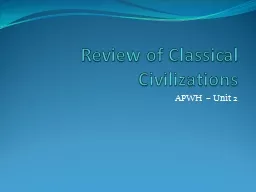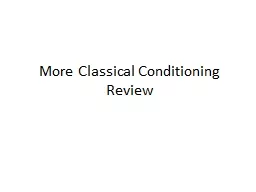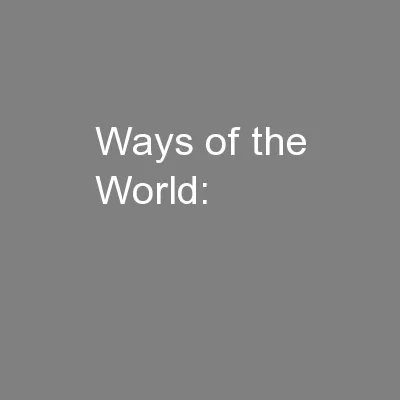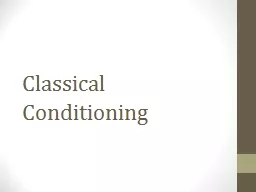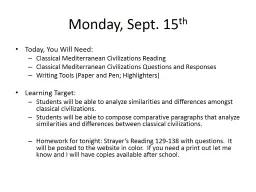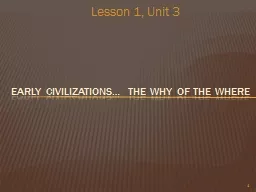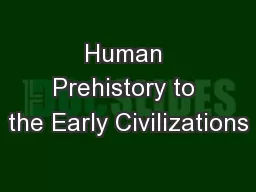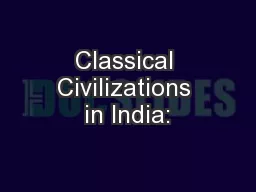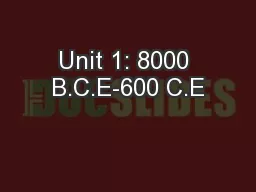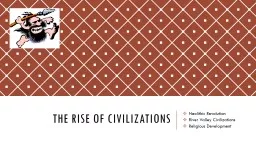PPT-Review of Classical Civilizations
Author : accompanypepsi | Published Date : 2020-07-03
APWH Unit 2 Persian Empire IndoEuropean people with a homeland in todays Iran 500 BC Persian Empire was the largest and most impressive empire Expanded under the
Presentation Embed Code
Download Presentation
Download Presentation The PPT/PDF document "Review of Classical Civilizations" is the property of its rightful owner. Permission is granted to download and print the materials on this website for personal, non-commercial use only, and to display it on your personal computer provided you do not modify the materials and that you retain all copyright notices contained in the materials. By downloading content from our website, you accept the terms of this agreement.
Review of Classical Civilizations: Transcript
Download Rules Of Document
"Review of Classical Civilizations"The content belongs to its owner. You may download and print it for personal use, without modification, and keep all copyright notices. By downloading, you agree to these terms.
Related Documents

